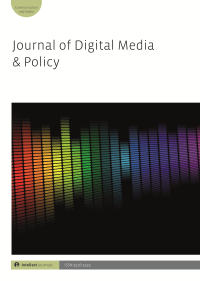
Full text loading...


In contemporary China, livestreaming is one of the most popular communication technologies, continuously shaping the digital media landscape. In order to trace the evolution of China’s livestreaming industry, this study first situates it in the broader context of China’s digital economy and highlights how state–business interactions influence the development of China’s digital economy. This research then examines the development trajectory of China’s livestreaming industry from 2016 to 2022 by analysing regulatory and business documents. Three key phases for the development of China’s livestreaming industry are identified in the analysis. By doing so, this research reveals the complex and contingent dynamics between state and business in China’s livestreaming industry and how this industry has evolved into a complex and intricate cultural and commercial sector jointly regulated by industrial stakeholders and state regulators.

Article metrics loading...

Full text loading...
References


Data & Media loading...
Publication Date:
https://doi.org/10.1386/jdmp_00127_1 Published content will be available immediately after check-out or when it is released in case of a pre-order. Please make sure to be logged in to see all available purchase options.